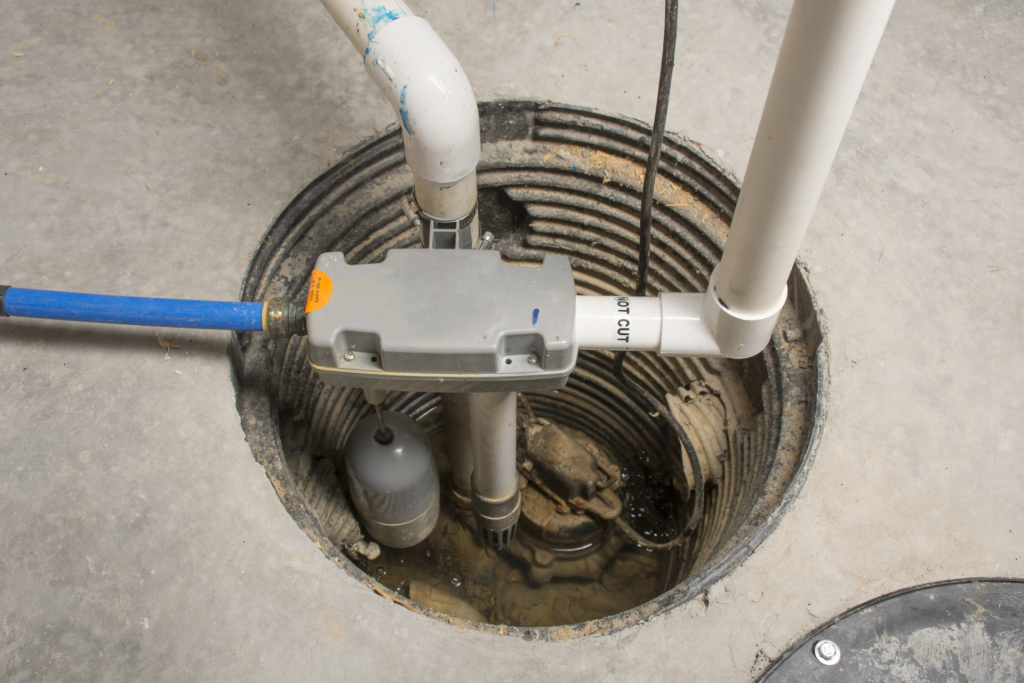A constant downpour can become a handful when trying to maintain your home and protect it from water damage. Moisture-filled areas with heavy rains can make your residence prone to water damage, which is a whole other battle in terms of maintenance costs, repairs, cleaning, and so on. This is where sump pumps come into play.
Sump pumps play an excellent role in preventing potential flooding and water damage. Installing it is relatively easy, even for beginners, and comprehensive knowledge of how to install a sump pump can help you tackle water damage cost-effectively without contacting a professional. If you are stuck on starting your installation, you are in the right place. From prep-ups to tools to installation costs, you will be familiar with installing a sump pump:
Installation Costs
An average sump pump installation cost, including the labor, estimates at around $1,200, with $3,000 being the highest figure. Proper knowledge of how to install a sump pump can help you avoid these costs, protect the electric units in the basement, and prevent water buildup in any ground-level building space. Since water contact can harbor mold growth and warping, creating breaks in your home’s foundation, pumping systems are essential, for they can render the infrastructure and structural integrity.
What You Will Need
Getting your tools and equipment straight is the first step in the process. Gather the following materials to start the installation:
- Sledgehammer: Since you will have to dig a hole into fitting the sump pump, it can get challenging to penetrate through concrete. Sledgehammers, or jackhammers, can form a well-built cavity to install the basin.
- Filter fabric: Filter fabrics prevent debris and silt from accumulating in the cavity and clogging the sump pump basin.
- Discharge hose
- Polyvinyl chloride (PVC) pipe
- Gravel
- Concrete peanut butter mix
- Electric drill
- Weatherproof caulk
Other essential accessories include:
Float switches: Electronic float switches take less space and are designed to start the machine manually.
Water alarms: Wifi-enabled water alarms provide an automated system for notifying you in case of any issues with your sump pits. This helps when you are away from home or when the pump signals are low.
Tips For A Smooth Sump Pump Installation
Installing a sump pump is not everyone’s cup of tea. The first tip on everyone’s list is to check the weather forecast. A rainy day can hinder your installation process, so always start under a clear sky with zero potential for flooding. This will make the digging process extremely easy because of the dry arena you must work in.
Another essential tip is always to keep the pump unplugged during installation. Doing so will prevent any potential injuries caused by the sudden operation. Keep the discharge hose away from your hand; it is vulnerable to breakage when held by its weight. Lastly, make sure your digging is flawless. A half-baked hole will clog the machine and create more water damage.
Always start your project at the lowest basement spot, which is most susceptible to water buildup. The hole size must appropriately fit the dimensions of your sump pump. When adding gravel to the cavity, ensure it is no more than 3-4 inches.
After placing the sump pump’s main body, ensure the floating valve is not constricted. Doing so will ensure optimized functionality of the sump pump system. On a similar note, keep a constant eye on the leakage prospects of your device. One way of doing so is to fill the basin to the brim and run it.
Lastly, ensure the surrounding area is filled with a concrete-peanut butter mix.
Conclusion
And there you have it! Your basement is shielded from inundation and flood damage for good. These systems have a motor unit that can pump water from one place and dump it into another region. The moisture or pressure monitoring valves are part of this system. Your new sump pump will be in a state of perfection through the above tips. You will never have to walk in flood ever again!

